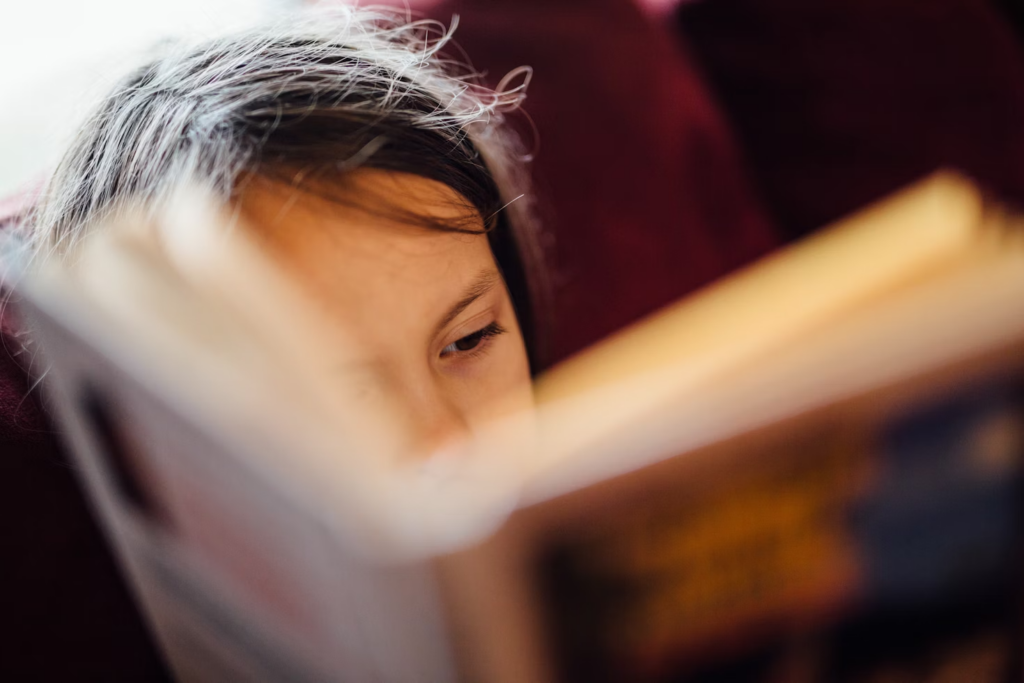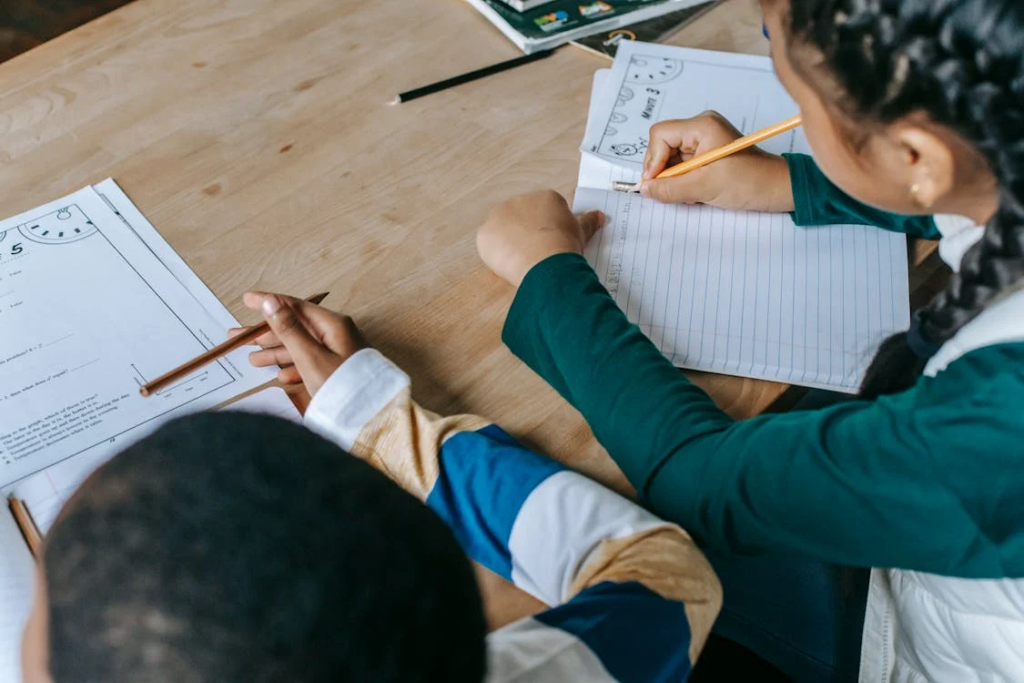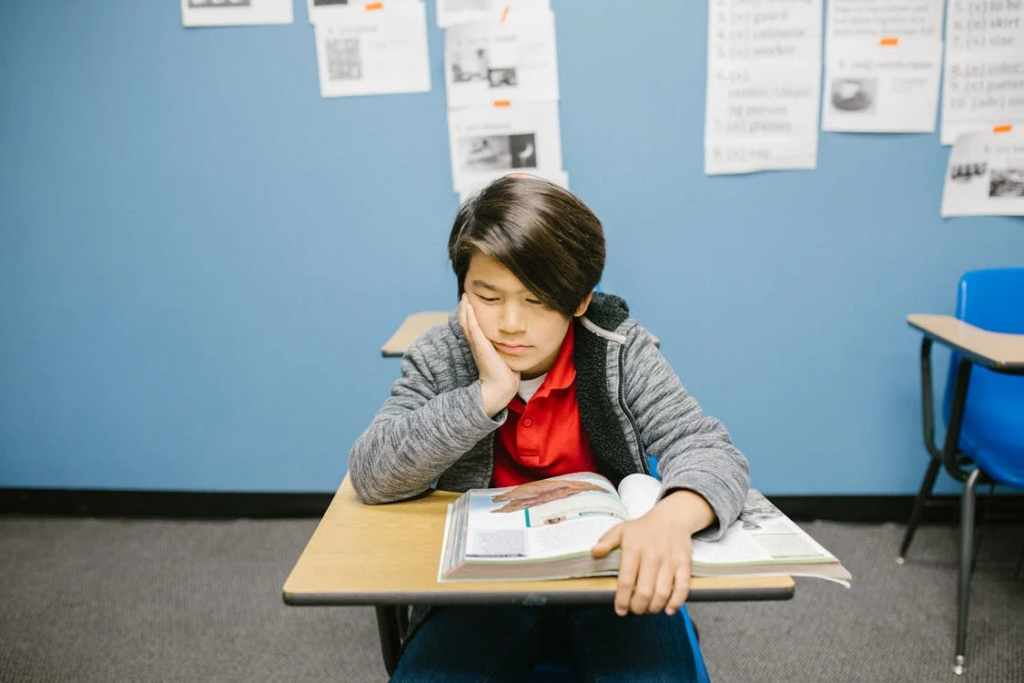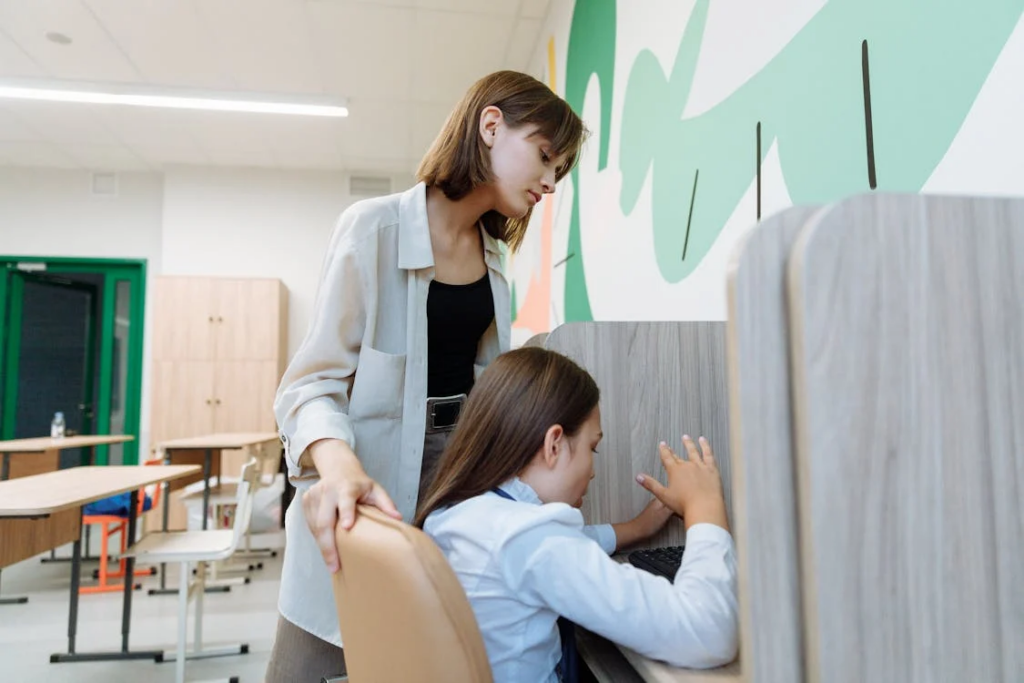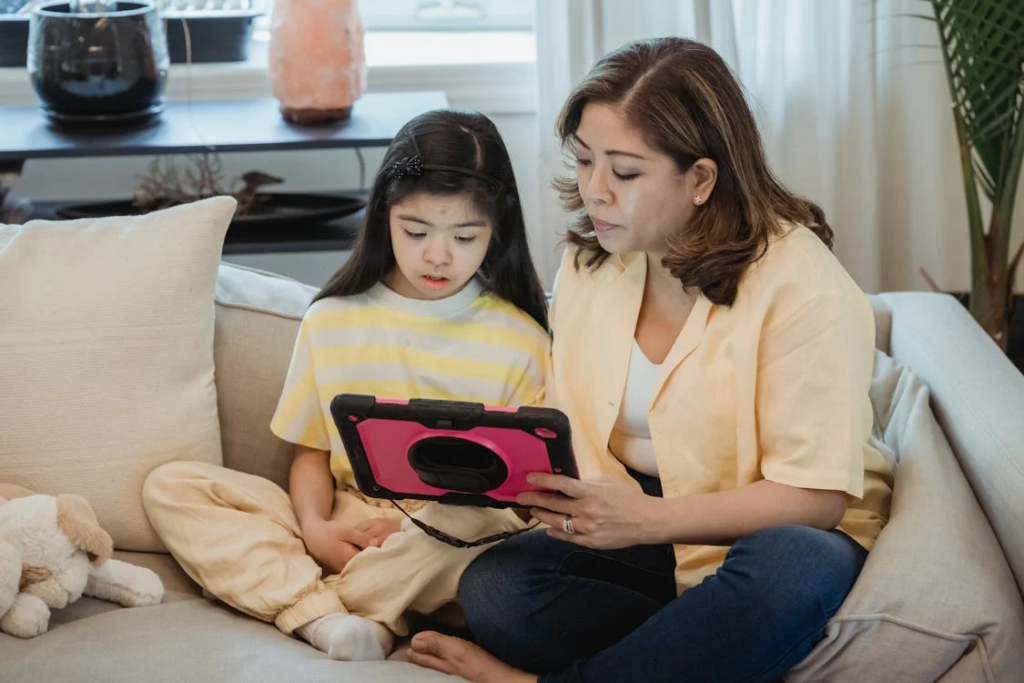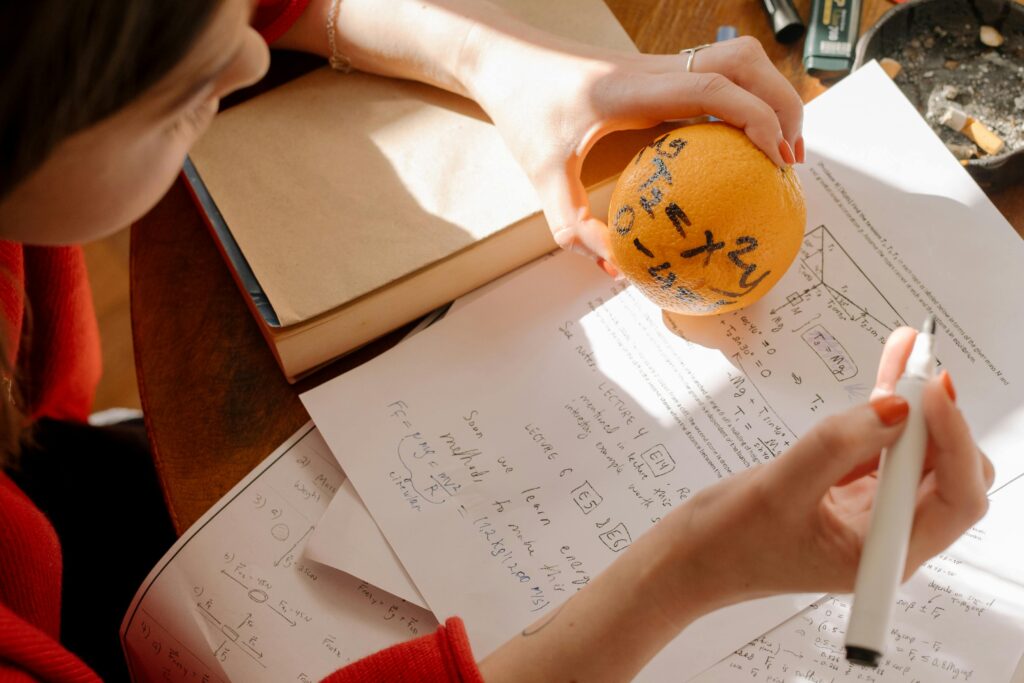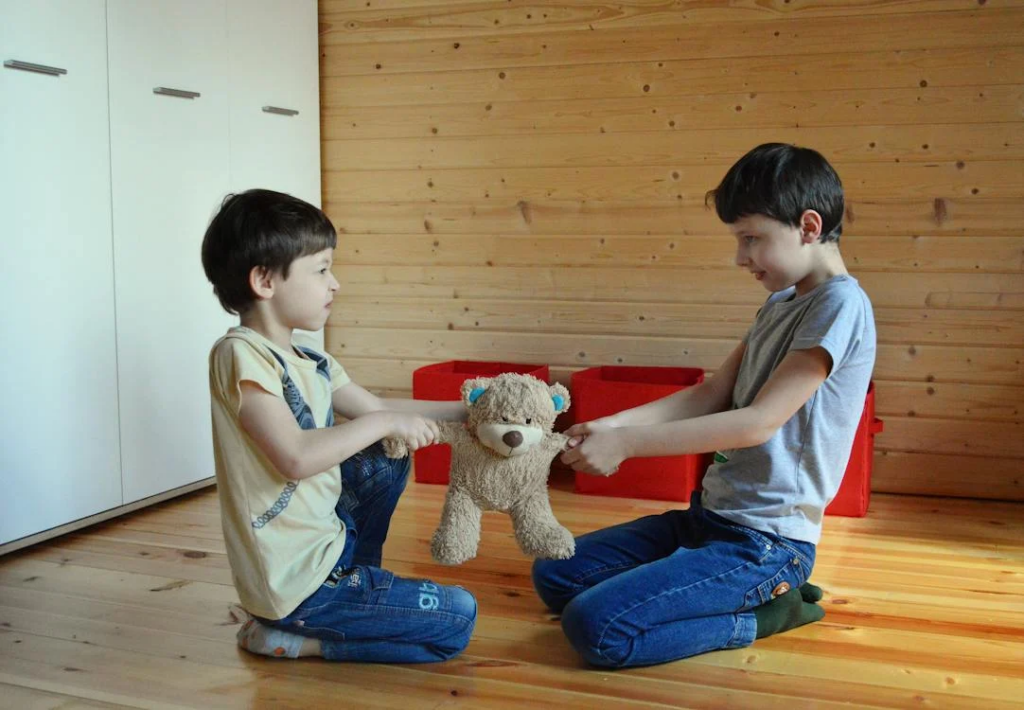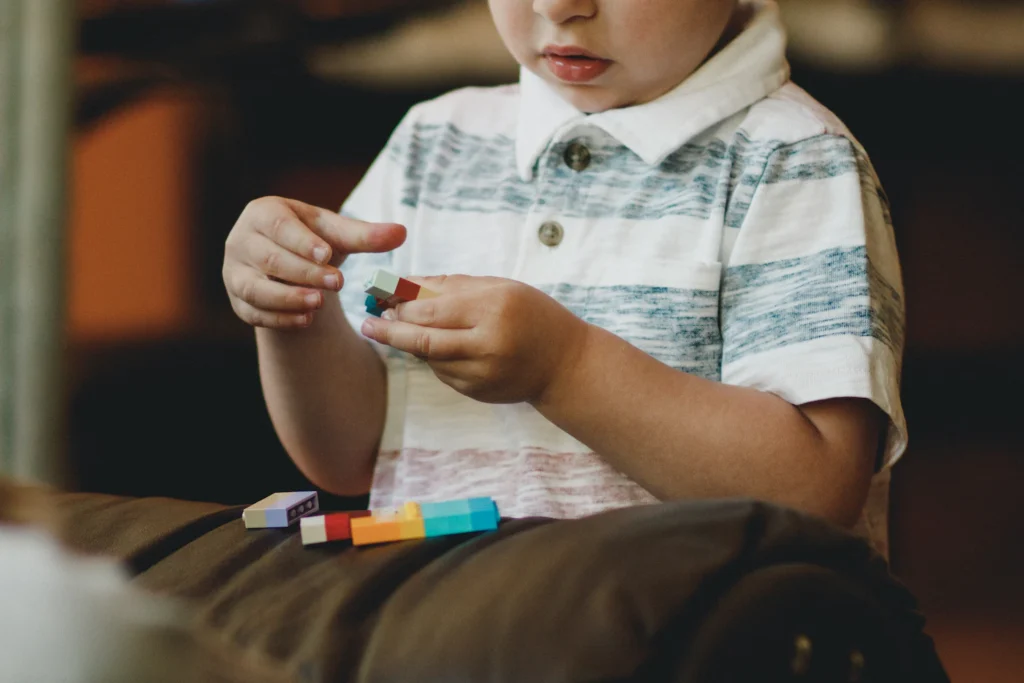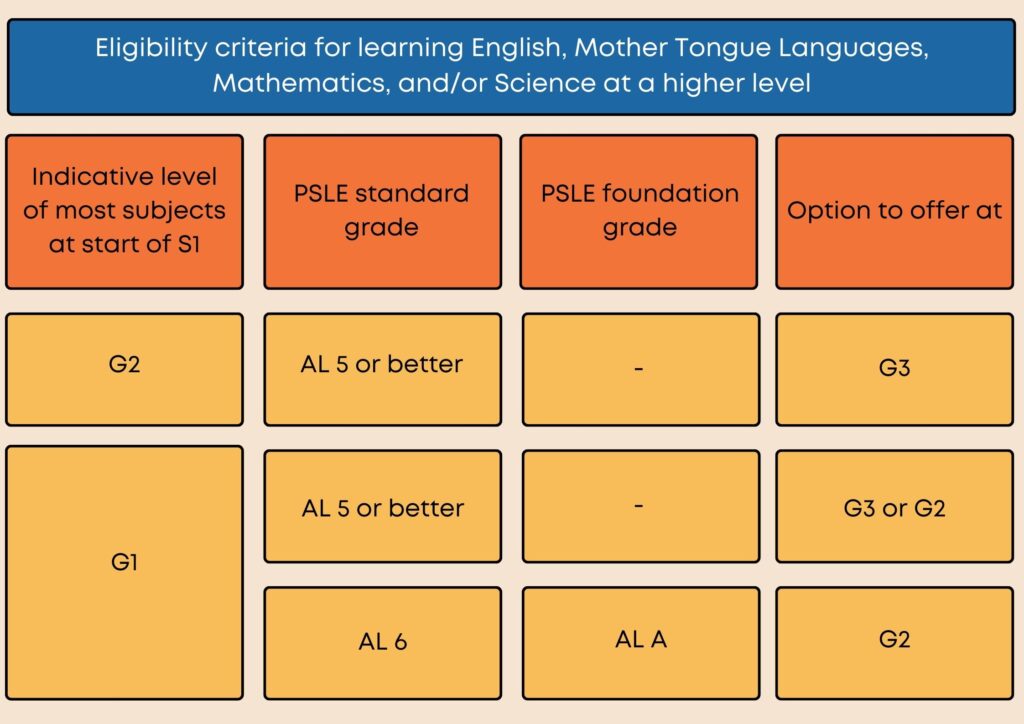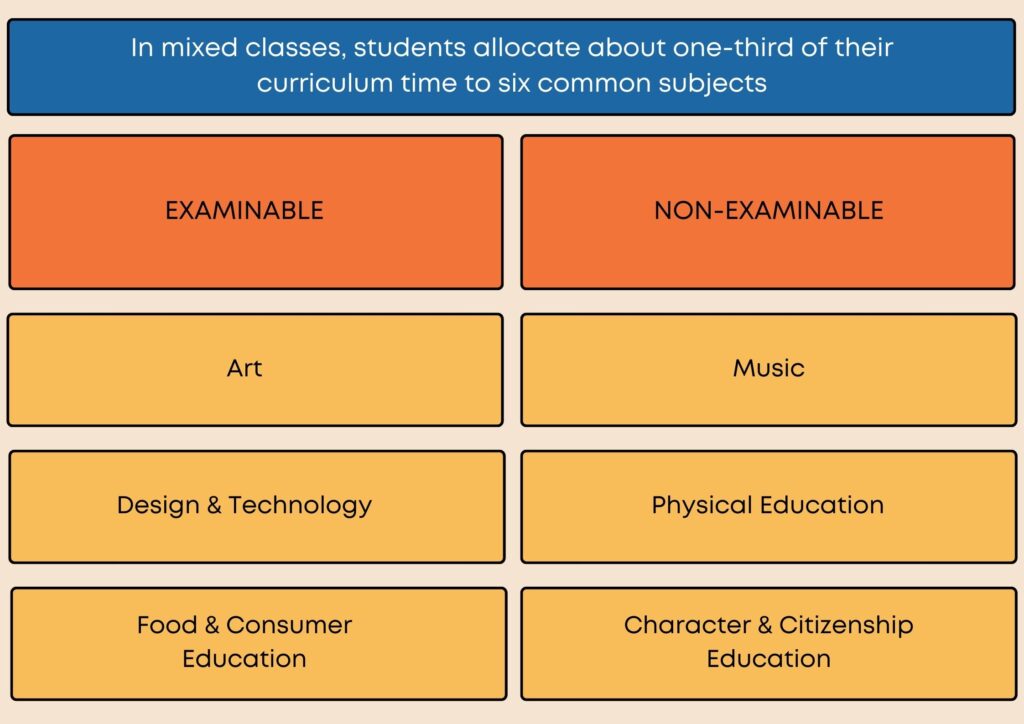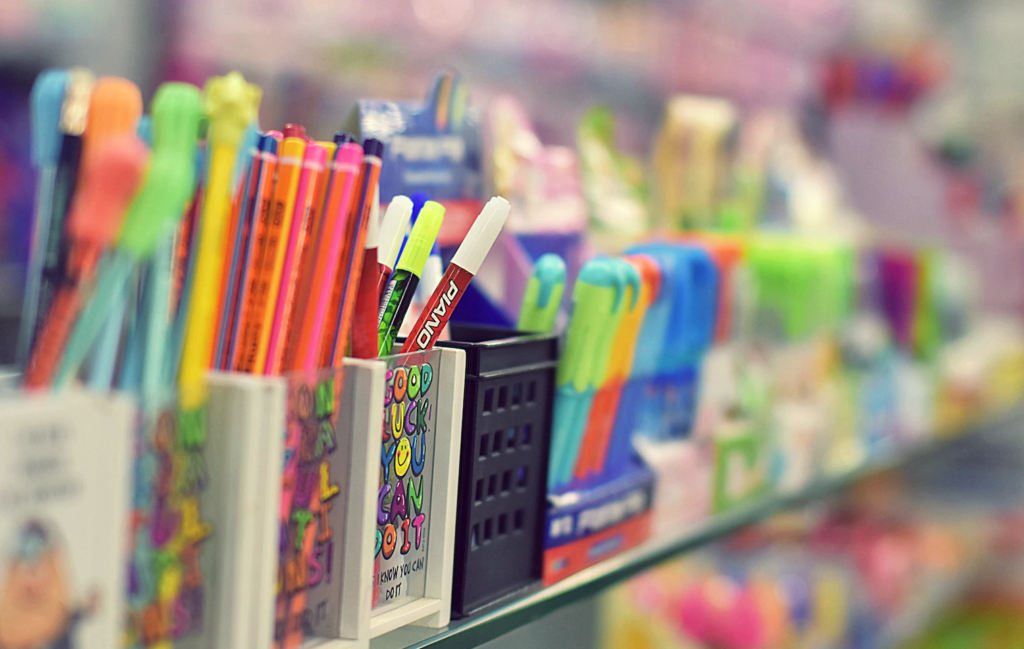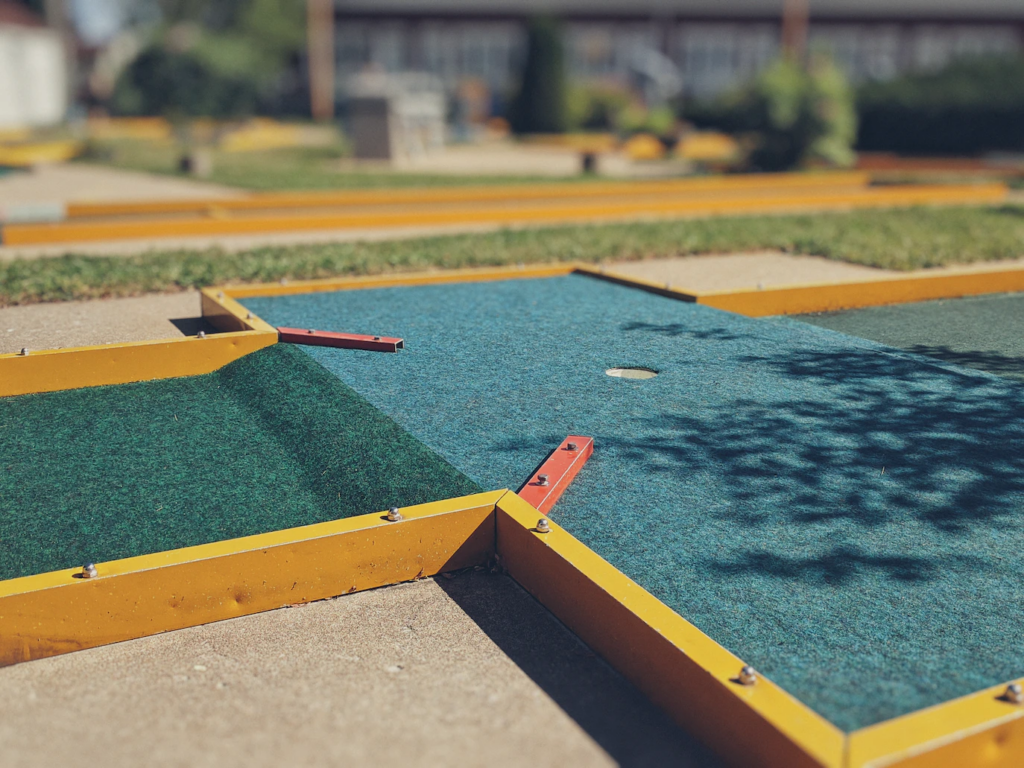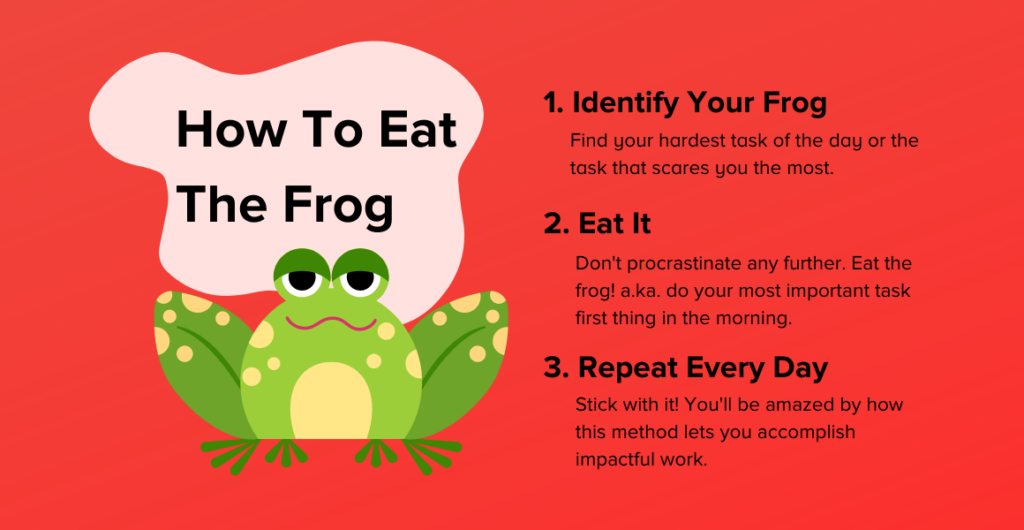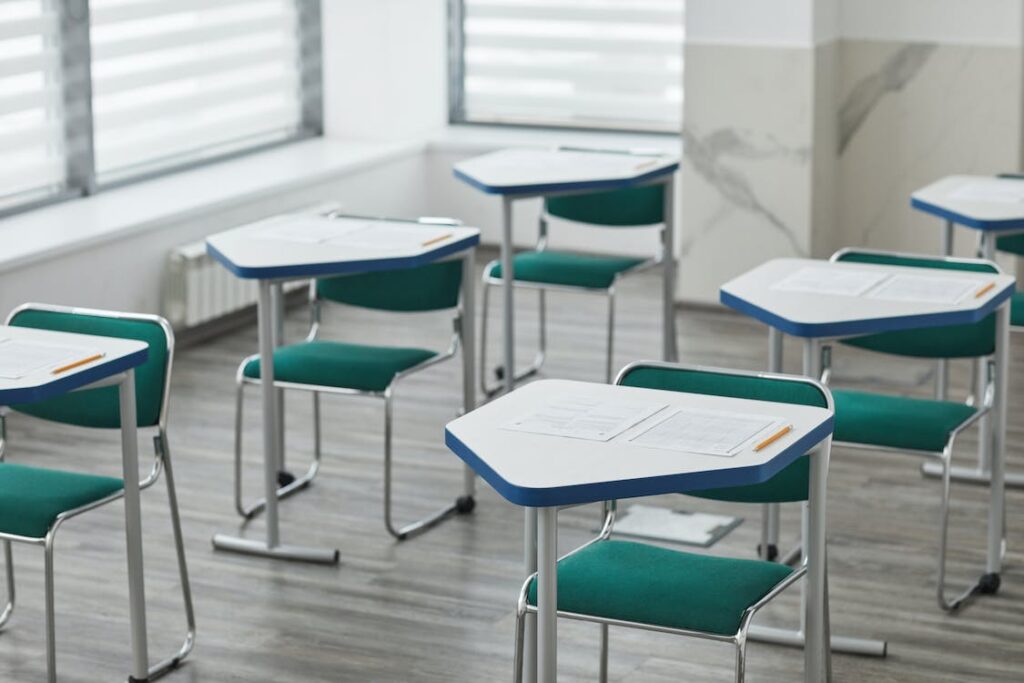"Discovering ways to make learning more engaging and providing support can help transform a reluctant student into a motivated learner."

For some kids, school can often be a bit of a drag. It can sometimes turn even the most enthusiastic child into a reluctant student. From repetitive activities to challenging subjects and uninspired teaching, there are plenty of reasons why your kid might be feeling less than motivated.
Maybe they struggle to grasp certain subjects, find it hard to connect with a particular teacher, or simply feel bored and uninspired by the material. It’s natural for these frustrations to dampen their enthusiasm and leave them feeling unmotivated to put in the effort.
In this article, we’ll explore five effective strategies to help motivate your unmotivated kid. From finding ways to make learning more engaging to providing the support and encouragement they need to thrive, we’ll cover practical tips that you can implement to reignite your child’s passion for learning.
Leave the Comfort Zone

Expanding your child’s horizons can be incredibly beneficial for their overall development. Encouraging them to step outside their comfort zone allows them to experience new things, become more creative, and learn how to adapt to situations that might initially seem intimidating. This process is essential for supporting their personal growth.
Encourage your child to avoid falling into patterns of laziness, procrastination, or neglecting their homework by sticking to a daily habit related to productivity. Following the same unproductive routines can keep your child’s situation stagnant, preventing them from growing in the right direction and potentially taking an emotional toll. Instead, suggest small, manageable challenges to start with, such as practising maths problems or simply reading a book for just 15 minutes a day. These small changes can make a big difference over time.
As they begin to leave their comfort zone, your child may realise that their fears weren’t as daunting as they had imagined. It’s natural to feel insecure in the face of change, but it’s important to address these fears before they become paralysing. By gradually embracing new challenges, your child can build resilience and confidence.
Moving forward, your child will likely look back with pride at how far they’ve come. They’ll appreciate the progress they’ve made and the personal growth they’ve achieved from overcoming their initial fears and stepping out of their comfort zone.
Try A New Way of Learning

In today’s digital age, social media offers a plethora of educational content that can captivate your child’s interest. Platforms like YouTube, TikTok, and Instagram are not just for entertainment; they also host a wide array of informative videos on nearly every subject imaginable.
It’s important not to underestimate the potential of these social media platforms. Your child can discover new and intriguing information that could enhance their grades and give them an edge in exams simply by exploring topics they are genuinely interested in. Watching and listening to these videos can offer your child a fresh perspective or a new way of understanding a subject, making the learning process more dynamic and enjoyable.
Moreover, this method of revising is quite low-key. It’s something your child can engage in while they’re on the go, making it a flexible and convenient option. Whether they are eating at a restaurant, on vacation, or just on the way to school, they can easily access educational content on social media. This constant exposure to learning material can make a significant difference in their overall academic performance without the pressure of traditional studying.
At curio.sg, we provide several platforms tailored to various learning needs. If your child has a passion for English literature, our Free Resources are an excellent place to start. For additional fun facts and study tips, be sure to check out our YouTube channel and Instagram page. These platforms are designed to make learning engaging and accessible.
Join a Study Group
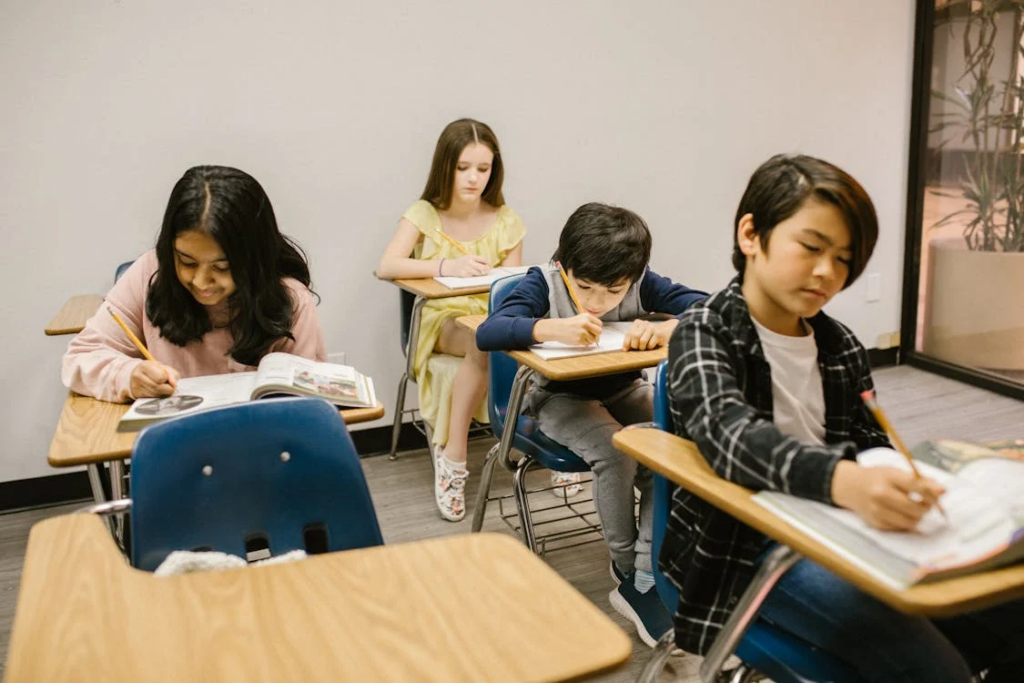
Joining a study group can be a great way for your child to socialise while also improving their academic performance. Being part of a group helps them connect with peers, share ideas, and learn collaboratively in a supportive environment.
To make the most of a study group, encourage the members to create a study plan together. This could involve rotating study sessions at each other’s homes after school or meeting at the library on weekends. Establishing a regular schedule will help everyone stay on track and benefit from consistent group support. Check out How to Set Goals and Achieve Them in the New School Year
Setting collective goals within the study group can be highly motivating. This not only drives your child to achieve more but also inspires and influences others in the group. Seeing a friend’s achievements can serve as a powerful motivator, fostering a sense of healthy competition and mutual encouragement.
Visualise Before Taking Action

One effective way to motivate unmotivated kids is to help them visualise the benefits of taking action. First get them to close their eyes and imagine what they see themselves as when they are happy and thriving. Then, get them to draw a picture of themselves as being successful in the future, academically or otherwise. You can then get them to put this aspirational picture up in their room or above their study desk. This is a simple but powerful visualisation technique.
Encourage them to see starting as a parallel process to a plane on a runway. Just like a plane needs to gather speed before it can take off, it might start slow, but eventually, it’ll gain momentum and soar toward success. This visualisation can help them understand that taking that initial step is the key to progress and achievement.
Give Time Limits

Setting time limits can be a game-changer when it comes to motivating your unmotivated child. By breaking down tasks into manageable chunks and assigning each one a specific time slot, you can help them stay on track and make steady progress.
Start by breaking down their study load into bite-sized goals and fitting them into a schedule that works for them. Encourage them to create a weekly schedule as a starting point to give it a try. It’s important to make the schedule specific and detailed. For instance, rather than simply stating they have to study three days a week, specify the exact times and days they’ll be studying, such as from 6 PM to 9 PM on Monday, Tuesday, and Thursday. This level of detail helps your child stick to the plan and reduces the likelihood of procrastination.
Once the schedule is in place, make sure to check in regularly to see if they’re sticking to it and accomplishing their tasks on time. Providing this accountability can help them stay motivated and focused on their goals.
If the weekly schedule proves effective, consider expanding it into a monthly or even longer-term plan. The more specific and intentional you can be about scheduling study tasks, the more successful your child will be in managing their time effectively and achieving their academic goals. By giving time limits and structuring their study time, you’re empowering your child to take control of their learning journey and maximise their potential.
Check out more parenting tips and articles such as 8 Effective Ways to Study Maths for Your Kids, How to Minimise Distractions for Kids During Study Time, and Preparing for PSLE Throughout the School Year.


